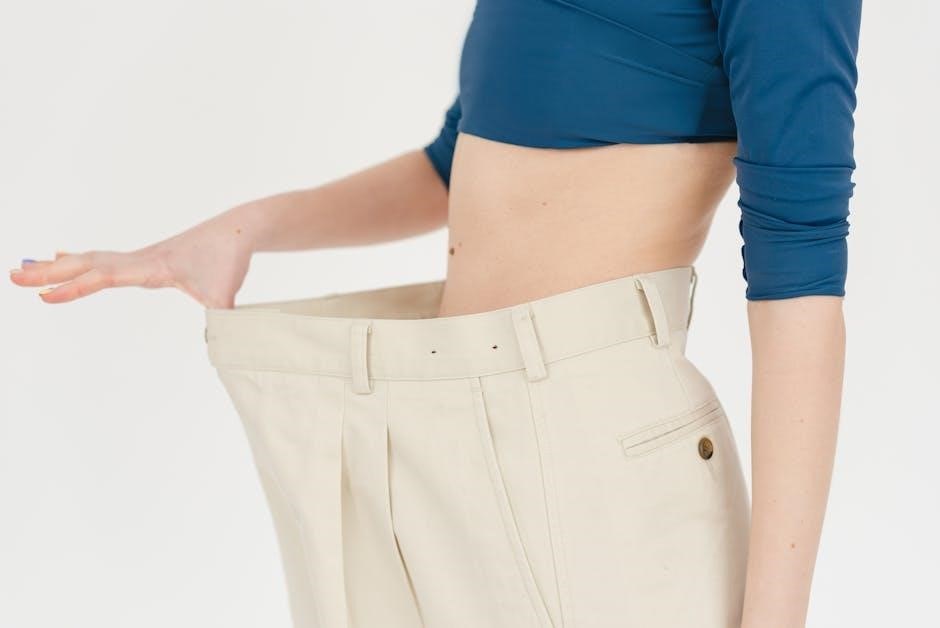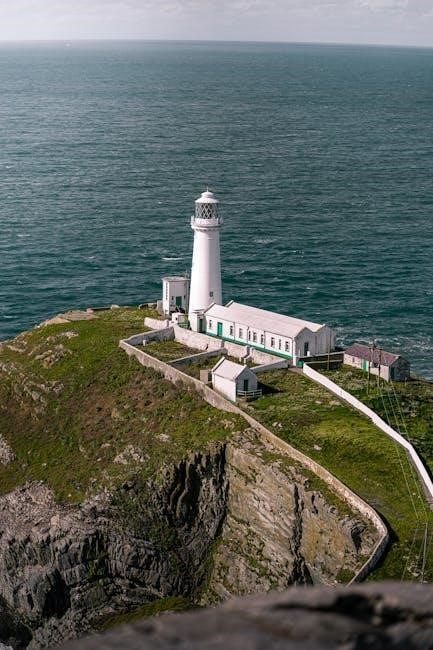Welcome to our comprehensive skimboard size guide! This guide helps riders choose the perfect board size based on height, weight, skill level, and riding style for optimal performance and fun.
Understanding Skimboard Types and Their Sizes
Skimboards come in various types, each designed for specific riding styles and conditions. Sand skimmers are larger and heavier, ideal for gliding on sand or small waves, typically ranging from 40-50 inches long. Wave skimmers are narrower and lighter, designed for ocean waves, usually measuring 45-55 inches. Trick or flatland boards are smaller, around 30-40 inches, perfect for technical maneuvers on flat surfaces. The size of a skimboard directly impacts its performance, with longer boards offering stability and shorter ones enabling agility. Understanding these types and their size ranges helps riders match their board to their skill level, riding style, and preferred terrain, ensuring a more enjoyable and effective experience.
Why Choosing the Right Skimboard Size Matters
Choosing the right skimboard size is crucial for optimal performance, control, and overall enjoyment. A board that matches your height, weight, and skill level ensures better balance and maneuverability. The right size enhances stability for beginners and allows advanced riders to perform tricks effortlessly. Incorrect sizing can lead to poor performance, difficulty in controlling the board, and a less enjoyable experience. A board that’s too small may lack stability, while one that’s too large can be hard to maneuver. Proper sizing ensures the board responds well to your movements, making it easier to glide, turn, and perform tricks. This guide helps you find the perfect fit to maximize your fun and progress in skimboarding.

Factors Influencing Skimboard Size
The right skimboard size depends on your height, weight, skill level, riding style, and the board’s material and construction. These factors ensure optimal performance and control.
- Rider’s height and weight
- Skill level: beginner, intermediate, or advanced
- Riding style: tricks, waves, or sand skimming
- Board material and construction
Rider’s Height and Weight
Your height and weight are crucial in determining the right skimboard size. A taller or heavier rider typically needs a larger board for stability, while smaller or lighter riders can maneuver smaller boards more easily. Matching your height and weight to the board’s dimensions ensures better control and performance. Manufacturers often provide size charts based on these factors to help you make the right choice. Ignoring this could result in a board that’s too small or too large, affecting your ability to ride effectively. Always consider your height and weight when selecting a skimboard for optimal fun and performance.

Skill Level: Beginner, Intermediate, or Advanced
Your skill level significantly influences the ideal skimboard size. Beginners benefit from larger, more buoyant boards that are easier to balance on and maneuver, especially in flat water or sand. Intermediate riders can transition to slightly smaller boards, allowing for sharper turns and better control in waves. Advanced riders often prefer smaller, lightweight boards for tricks and high-performance moves. Matching your skill level to the right size ensures a smoother learning curve and enhances your riding experience. Boards designed for each skill level are tailored to provide the necessary stability, responsiveness, or agility, helping riders progress effectively. Always consider your skill level when selecting a skimboard to maximize enjoyment and improvement.

Riding Style: Tricks, Waves, or Sand Skimming

Your riding style plays a crucial role in determining the ideal skimboard size. If you’re focused on tricks, a smaller, lightweight board with a blunt nose offers better control and maneuverability. For wave riding, a slightly longer board with a pointed nose provides stability and speed in the water. Sand skimming typically works best with medium-sized boards, as they balance ease of handling with enough float to glide smoothly. Tailoring your board size to your riding style ensures optimal performance and enjoyment. Whether you’re carving waves, performing tricks, or gliding on sand, the right size enhances your ability to execute maneuvers and enjoy the ride. Always match your board to your preferred style for the best experience.
Board Material and Construction
Skimboard material and construction significantly impact size and performance. Traditional wooden boards are durable and offer a classic feel, often in larger sizes for stability. Foam boards are lighter, making them easier to maneuver, ideal for tricks and smaller riders. Composite materials combine wood and foam, balancing weight and strength. Carbon fiber boards are lightweight and stiff, favored by advanced riders for speed and precision. The choice of material affects buoyancy, flex, and responsiveness, all of which influence the optimal size for your needs. The construction also determines the board’s longevity and how it handles various riding conditions, from waves to sand. Selecting the right material ensures your skimboard performs well and aligns with your riding preferences and skill level. Always consider both material and construction when choosing your board size for the best results.
How to Choose the Right Skimboard Size
Assess your height, weight, skill level, and riding style to determine the ideal skimboard size. Use size charts, measure your height, and ensure the board fits your needs perfectly.
Using a Skimboard Size Chart: A Step-by-Step Guide
Using a skimboard size chart is essential for finding the right board. First, locate a reliable size chart online or through a manufacturer. Next, determine your height and weight accurately. Match these measurements to the chart’s recommendations. Consider your skill level—beginners may prefer larger boards for stability, while advanced riders might opt for smaller, maneuverable options. Double-check the chart’s suggestions against your riding style, whether it’s for tricks, waves, or sand skimming. Finally, use the chart to narrow down your choices and select the board that best fits your needs for optimal performance and enjoyment.
Measuring Your Height and Weight for the Best Fit
Accurately measuring your height and weight is crucial for selecting the right skimboard. Stand barefoot and straight against a wall to measure your height in inches or centimeters. Use a reliable scale to determine your weight in pounds or kilograms. Record these measurements to reference them when consulting a size chart. Ensure you measure yourself in light clothing for an accurate weight reading. If possible, have someone assist you for precise height measurement. These measurements will serve as the foundation for matching your size to the ideal skimboard dimensions, ensuring a proper fit and optimal performance. Always double-check your measurements for accuracy.
Considering Your Skill Level and Progression Needs
Your skill level significantly impacts the ideal skimboard size. Beginners benefit from larger boards for stability and ease of balancing, while advanced riders may prefer smaller, more maneuverable options. Intermediate riders often find medium-sized boards strike a balance between stability and performance. When choosing, also consider your progression goals. If you plan to improve rapidly, opting for a slightly smaller board than your current skill level might encourage growth. Conversely, sticking to your current size ensures comfort while mastering techniques. Assessing your skill level and future ambitions helps narrow down the perfect board size for a seamless riding experience. Matching your progression needs ensures long-term satisfaction and enjoyment of the sport.

Additional Considerations

Additional factors like nose length, width, and rocker play a crucial role in performance. Proper maintenance ensures longevity and optimal functionality of your skimboard.

Nose Length and Width: How They Impact Performance
The nose of a skimboard, ranging from 12 to 24 inches in length, significantly affects handling. A longer nose provides stability and control, ideal for wave riding, while a shorter nose enhances maneuverability for tricks. The width of the nose, typically between 8 to 12 inches, also matters; wider noses offer better floatation and are preferred by heavier riders or those skimming on sand. Narrower noses improve speed and agility, making them suitable for lighter riders or advanced techniques. Balancing these dimensions ensures optimal performance based on the rider’s style and conditions, making nose length and width critical considerations in selecting a skimboard.
The Role of Rocker (Board Curve) in Size Selection

The rocker, or the curve of the skimboard, plays a crucial role in performance and size selection. A board with a pronounced rocker offers better maneuverability and is ideal for trick-oriented riding, while a flatter rocker provides stability and speed, making it suitable for wave riding. The curvature also influences the board’s responsiveness, with more rocker allowing tighter turns but potentially reducing speed. Riders should consider their style and preferences when choosing the rocker; for example, advanced riders may prefer a more pronounced curve for tricks, whereas beginners might opt for a flatter profile for easier control. Balancing rocker with size ensures the board meets the rider’s needs effectively, enhancing overall performance across various conditions;
Maintenance and Upkeep for Optimal Performance
Proper maintenance is essential to extend the life and performance of your skimboard. Regularly inspect the board for dings or cracks and repair them promptly to prevent further damage. Waxing the surface ensures better grip and reduces friction, enhancing your riding experience. After use, rinse the board with fresh water to remove sand and salt, which can cause wear. Store your skimboard in a cool, dry place away from direct sunlight to maintain its shape and material integrity. Additionally, avoid leaving it in extreme temperatures or humidity. By following these simple care steps, you can keep your skimboard in top condition, ensuring consistent performance and longevity for years of enjoyment.
Final Tips for Picking the Perfect Skimboard Size
When selecting your skimboard, prioritize your riding style and skill level. For tricks, opt for a shorter, lighter board. For waves, choose a longer, more buoyant option. Always consider your height and weight to ensure balance and control. Test different sizes if possible, and don’t hesitate to seek advice from experienced riders or professionals. Maintenance is key, so keep your board clean and waxed for optimal performance. Finally, read reviews and compare options to make an informed decision. Remember, the right size and style will enhance your skills and make every session enjoyable. Happy skimming!
Frequently Asked Questions About Skimboard Sizing
What size skimboard is right for me? Start by considering your height, weight, and skill level. Lighter riders may prefer smaller boards, while heavier riders need more buoyancy. Beginners should opt for stable, medium-sized boards, while advanced riders can choose specialized sizes for tricks or waves. How do I measure my skimboard? Measure the length from nose to tail and the width at the widest point. What materials are best? Wood and foam boards are popular, each offering unique performance benefits. Can I customize my skimboard? Yes, some manufacturers allow custom orders. Where can I find size charts? Check reputable brands or skimboarding communities for detailed guides. Happy skimming!



About the author